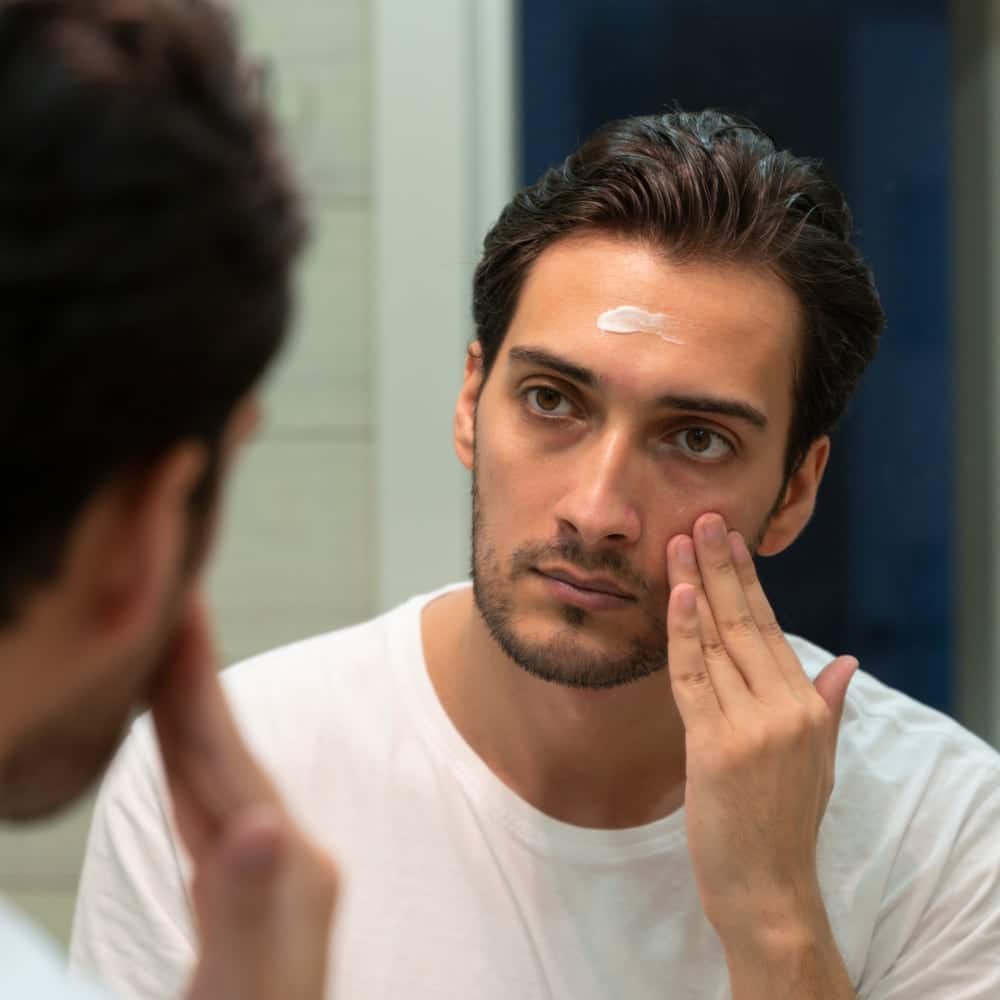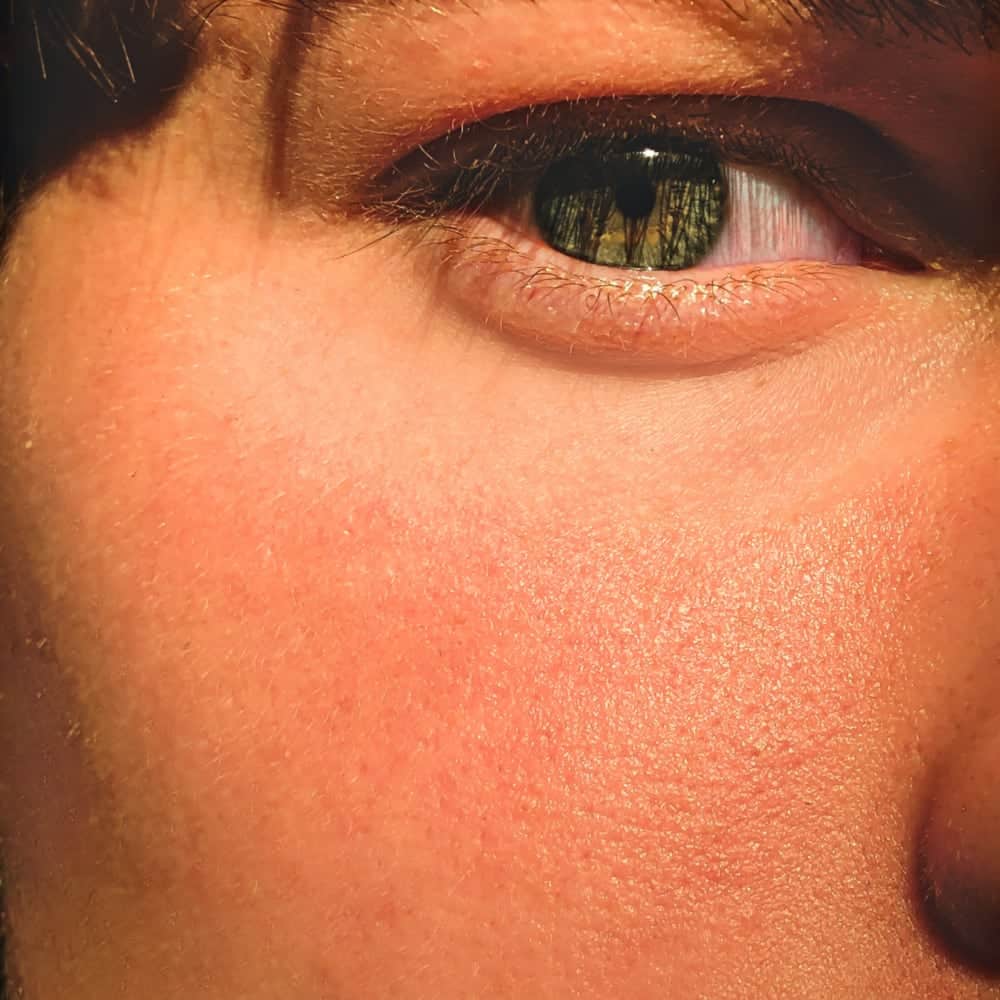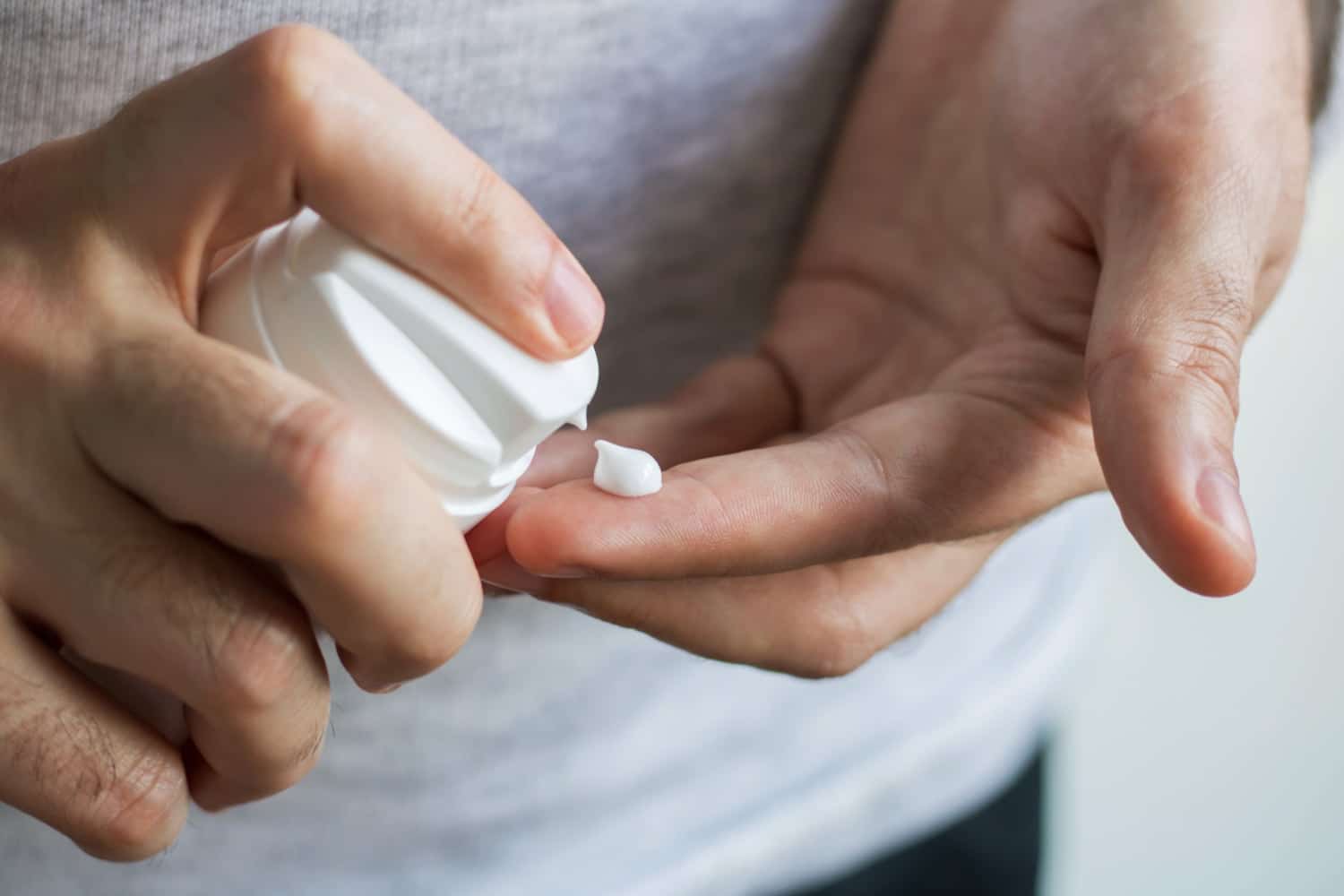The problem with most skincare products is that we are told we “need” to use them but don’t fully understand the ramifications of blindly following recommendations.
Toner definitely falls into one of those gray areas.
After you cleanse, toner is supposed to be applied in order to lift deep-set dirt, grime, and oil from your skin gently yet effectively. As a benefit, toner helps to balance the pH level of your skin and improve the effectiveness of other products – namely moisturizers.
But given the list of active ingredients, many men are left wondering if toner can actually do more harm than good – especially since some include chemical exfoliants like alpha hydroxy acids (AHAs) and beta hydroxy acids (BHAs) along with alcohol and other synthetic ingredients.
So does toner really make you appear older than you actually are?
In short, toner will not make you look older. However, the ingredients, along with your skin type and the rest of your skincare regimen, may impact how your skin looks and feels.
We’ll discuss more below.
Active ingredients can be harmful when overused

No matter the toner, they all likely depend on one of the following ingredients: BHA, AHA, witch hazel, or alcohol. While each ingredient provides its own unique benefits depending on your particular skin type – all of them carry similar risks when overused: some form of dry or irritated skin.
Here’s how each of these ingredients can impact your skin:
- Beta hydroxy acids (BHA): This ingredient is found in both toners and chemical exfoliators and breaks down the sebum oil on the skin to clear out pores. While this ingredient is good for oily skin, overapplying can lead to dryness. So if you are using a toner and an exfoliator with BHA, it could be too much for your skin, leading to deeper set wrinkles and fine lines (giving the appearance of aging). Also worth mentioning is that glycolic acid can make people more susceptible to sun damage (source).
- Alpha hydroxy acids (AHA): Like BHA, AHA – commonly known as glycolic acid is another chemical exfoliant but is a fair bit gentler on the skin, making it suitable for dry to normal skin types. However, like BHA, overapplying with an exfoliator (phyisical or chemical) can lead to dryness and mild irritation.
- Alcohol (Ethanol): This active ingredient isn’t nearly as popular due to the prevalence of greener skincare routines, but it is still found in many drugstore or cheap toners. Alcohol is primarily used by men with oily skin as it reduces shine and the antiseptic property kills acne-causing bacteria. However, while the astringent property helps to reduce pore size, alcohol is extremely drying, which deepens wrinkles to make them more pronounced.
- Witch hazel: This natural alternative to alcohol is an astringent that helps to soothe and tone the skin. Thanks to the inclusion of tannins and polyphenols, witch hazel dials down the oiliness of your skin while clearing blemishes. However, exclusively applying just witch hazel results in dryness and/or potential irritation to the skin – a common complaint for some users.
Note:
To counteract these potential side effects, some companies add moisturizing ingredients into their toners, including hyaluronic acid, glycerin, and aloe vera.
Are you using the right toner for your skin type?

We may assume we fall into one of the major skin types: combination, normal, dry, or oily – but are you really sure about your self-diagnosis?
Whether you are just getting used to the whole skincare routine thing, or you just simply don’t know – its best to visit a local beauty care store (Kiehl’s, Blue Mercury, Sephora, Ulta Beauty, etc.) and just simply ask one of their specialists to help you out. While sure you will probably get a sales pitch or two, their helpful and trusted expertise will help identify areas on your face that may be oily, dry, or a combination of the two, setting the correct foundation for your skincare routine.
Using the wrong toner for your skin type will only make the problem worse – leading to a complexion or appearance of your skin that is less than desirable.
Signs that toner is doing more harm than good
When toner is not used correctly, such as being overused or incorrectly applied, it can have a detrimental effect on the skin by leading to dehydration, irritation, and dryness.
The easiest way to see whether or not a toner is working is by simply logging your progress. One way to do this is to work in two-week blocks.
- For the first two weeks, use a toner as you normally would and see how your skin looks and feels every 3 to 5 days. Be sure to document whether you shaved, moisturized, etc.
- For the next two weeks, skip the toner and continue with the documentation – again, mention whether you are shaving, moisturizing, or adding any other products to your skincare regimen.
By the end of one month, you’ll have a good idea of where your skin looked its best and where it came up a little short.
What comes after your toner is most important (moisturizer, serum, etc.)

One of the most important aspects of applying toner actually isn’t the toner itself but what you do afterward. Toners have been found to improve the efficacy of other skincare products – namely moisturizers and serums.
Given that toners may contain a drying ingredient or two, you must follow up with a moisturizer or serum to counteract the drying effects of the toner. This helps to preserve your skin barrier and lessen the appearance of fine lines and wrinkles. Not applying a toner will only make the signs of aging worse.
Conclusion
Toners are a terrific and effective product that should be in the skincare routine for most men. However, it is a product that shouldn’t be overapplied and must be followed up with a moisturizer to counteract any drying effects.
We hope this article has helped you understand toner a little better and how to use it effectively to prevent any signs of aging in your skin.